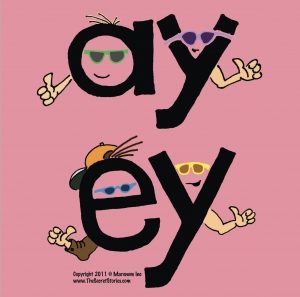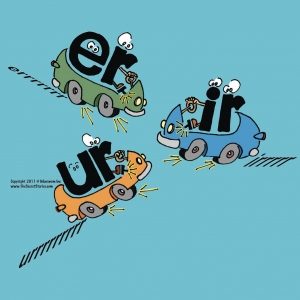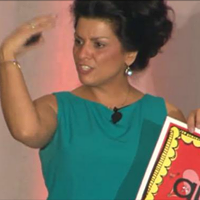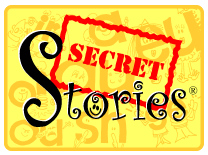How to Know if Your Phonics Instruction is Really Working
by Kristina Weller, author of Writing and Laughing Blog
Yeah, I know. Super sexy blog title!
You’re probably here because of that burning question: How do I know if my phonics instruction is actually working?
Well, I have two answers for you, but first, a little background….
Teachers College Reading, Writing & Phonics Workshop Model
I am an extremely lucky teacher. I have the autonomy to choose my curricular materials based on what I know works for kids. I know how fortunate I am to be sitting in this seat, and I am grateful for it every single day.
As a collective group of educators, our school took a long, hard look at available phonics programs before making our choices a couple of years ago. As a grade level guide, we chose the TCRWP (Teachers College Reading Writing Workshop) for K-2 Phonics by Lucy Calkins. We were already using the Units of Study for Reading and Writing K-6, were familiar with the workshop format, and relished how the Units of Study frameworks instilled a love and appreciation of rich and meaningful text in young readers and writers.
While attending the Colorado Reading Conference (I’m a big fan of CCIRA!) a few years ago, I attended a featured session by Katie Garner and was super intrigued by her backdoor approach to fast-tracking phonics skills by teaching them in a way that is solidified through social-emotional centers in the brain. Even writing that sentence now makes me smile! And remember… this is phonics I’m talking about!
Phonics: that one little piece of the reading puzzle that has the power to completely derail everything if it’s not internalized and transferred.
Yeah. No pressure.
I could write multiple blog posts to further expand upon why the Secret Stories® are so amazing, so feel free to reach out for more information if you’re curious. I promise you – it’s a game changer.
How I Knew My Core Phonics Program Wasn’t Enough
The reason why I sought supplemental support for my core phonics program, and specifically, more information about the Secret Stories, is that I kept coming across “disconnects” between the rich and meaningful text that my first graders were interacting with all day long, and the pacing of my TCRWP phonics program.
If you’re a first grader who is working hard to decode the word Saturday in a level 8 text at the beginning of October, and you want to keep your momentum and confidence up, then you need to know those two phonics rules! You can’t spare the time to wait around until they happen to come up in your phonics program.
With Secret Stories, kids don’t need to wait, nor should they have to! Not only would these two little “secrets” be needed to decode the word Saturday, but just think about how many other words they unlock: her, were, turn, bird, birthday, way, play, they, etc…
Secrets are just little, easy to remember, brain based stories that explain the sounds letters make when they get together, with posters to help kids remember for independent reading and writing. Below are a couple of videos that explain these two “secrets” mentioned above.
Katie’s description of Secret Stories’ “dual track” approach to phonics instruction really materialized for me this year. It’s a systematic and explicit approach to teaching phonics. It’s also sequential, yet nothing is off limits or held back from kids when they need it. There is a recommended order of what to teach when, which is weighted by the highest frequency phonics rules, but there are no “walls” to delay access to what kids need, when they need it.
I am the Teacher, Not My Phonics Program
The beauty of this dual-track approach is its acknowledgement that I am the teacher, not the “program!” I can give my kids more of the code they need to read and write faster. My hands aren’t tied by a scripted, yet random order of skill introduction. With the Secrets, I have an easy way to immediately give my kids what they need, the moment they need it, with no designated waiting time just because the book says so. I am their teacher, not the program.
The long and short of it is that I have used the Secret Stories in my classroom from the very first day of school this year, and each and every day that’s followed—whenever and wherever they are needed.
Yep. I’m playing it fast and loose over here. Whenever a student needs it, I provide it. How cool is that?! This is a very different approach to the traditional idea of just following each lesson in the order it appears in the book and doling-out the phonics rules across each grade level trajectory. Seriously, why wait?!
Advancements in brain science have carved an accelerated path for phonics skill acquisition that leads straight through the social-emotional “backdoor,” so why not take it? The truth of the matter is that despite how it might sound, my phonics instruction isn’t loosey-goosey, but research-based and incredibly intentional.
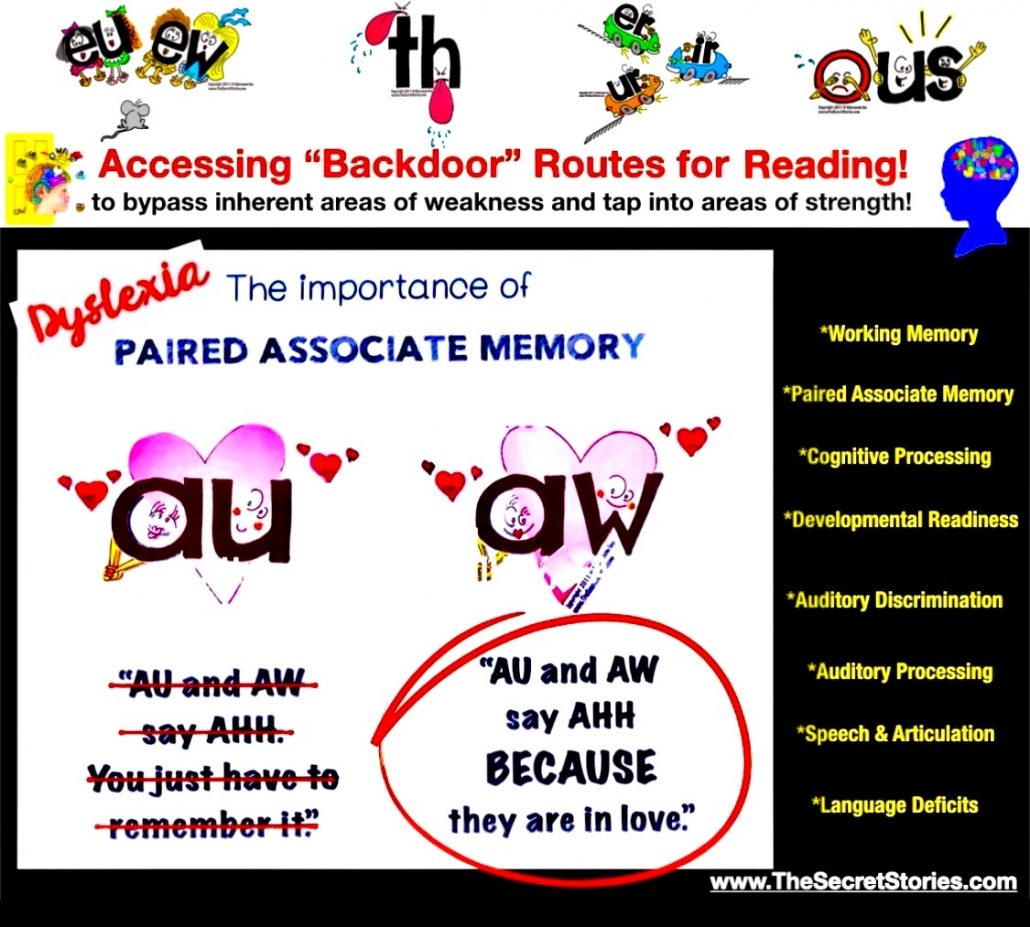 |
By posing phonics skills as grown-up secrets, I naturally activate my students’ need to know, marking the information for memory and prioritized learning in the brain. In that moment, their brains are fully firing and ready to grasp onto this new information. And because it’s delivered through stories that are anchored in already understood social-emotional constructs, it sticks!
Supplementing My Phonics Instruction with Secret Stories
I teach my core phonics program—the TCRWP Phonics Units of Study with fidelity, and I love how child-friendly and full of joy each lesson is. Then I use the Secret Stories to fast-track, support and supplement this core instruction. This blended approach is the perfect mix for my students.
So how do I know that this unique approach is actually working?
Besides seeing the evidence of what my kids can do, here are those previously-promised answers:
Answer #1:
When we got to the “silent e” lesson in our TCRWP book, which was the first session of the second unit, my first graders already knew about it! That Secret had already been needed, given, and used. They’d known about it, identified it in other texts, and had been using it in their writing for weeks.
In fact, we had to put headphones on Rasheed (our TCRWP stuffed lion phonics guide… #joyfulphonics) so that we could secretly make a plan to pretend NOT to know the rule. That way, Rasheed could still “teach” it to us and it wouldn’t hurt his feelings that we already knew the “secret” about Mommy E®. Talk about feeling empowered!
|
|
Below is a video of me at parent night, dressed up as Mommy E and telling the kids to (i.e. letters) to “say their name!” It was a fun and easy way to educate parents about the phonics Secrets we were learning, and how they helped us to read and write!
The first graders “allowed” Rasheed to talk them through that lesson as if it were something they’d never ever heard about before. They were on top of the world and so proud of their knowledge…..and I had absolute proof that what I taught STUCK. Not to mention that I’d been able to give it to them months sooner, when it was needed to access the text in front of them.
Here are a couple of other fun video clips that we made for the er/ir/ur and /ion/ Secrets.
ER/IR/UR
/ION/
Answer #2:
While at a parent-teacher conferences at the beginning of November, I heard another teacher tell a parent that she wasn’t surprised that her student couldn’t read words with the “ou/ow” sound (like: now, how, our, hour, slow, blow, etc…), as she hadn’t taught it yet. According to the scope & sequence, that phonics rule wasn’t supposed to be taught yet.
|
|
Understand that this is in no way a bash against another teacher. It is simply an example of evidence that struck directly into my heart and confirmed that I had made the right choice for my students by shifting my instructional approach.
Secrets in Daily Reading & Writing
I am not the “gatekeeper” of phonics skills and my program shouldn’t be either. To think of it another way, I am not the waitress who holds back the dessert until you’ve eaten all of your greens. The Secret Stories provide for a “banquet-style” availability without having to “eat” this before that. You don’t have to “wait” to teach the /th/ Secret until the fall of first grade, as you tell the Secret to kindergartners on the very first day of school. (It’s not like they don’t already know to how to stick their tongues out at each other….and it’s not like they won’t need it to read and spell words like: the, they, them, those, etc….)
|
|
Your name ends with a /y/ and you don’t understand why it makes a long /e/ or a long /i/ sound? (Like in Lily, Lily, Ely or Ty?) Let me tell you the Secret about Sneaky Y®.… (Remember when I said that I could talk about the secrets forever? I’m serious. Just ask me questions!)
|
|
I know that I am incredibly fortunate as classroom teacher, as I get to choose a curricular resource like the TCRWP Units of Study as my Tier 1, core instructional guide. The lessons are fabulous mixes of joy and knowledge, and my students are pumped when it’s time to learn with Rasheed! I love that.
AND….. I am beyond thrilled that I’ve found the Secret Stories to use as my “secret sauce” to offer-up MORE of the phonics code sooner! With the Secrets, I can focus my instruction on teaching the READER, not the reading. And the more Secrets my kids know, the more they want to know! My days at school are filled with examples of this learner-driven instruction. Engagement is sky-high, with my students continuously finding and wondering about more Secrets in the words in their books. They’re accessing the rich and meaningful text that fills our classroom and our core curricular materials, and they’re able to maximize the value of our time with that text because they can actually READ it! The phonics rules are already embedded in their brains—though they don’t see them as rules. To kids, they are simply the tools they need to read and write. And they love them. (Seriously? I could keep going on like this for pages!)
So, that’s how I know that my phonics instruction is working.
P.S. If you’re curious why “ou/ow” might end up in the hospital, then just reach out and ask, as you shouldn’t have to wait until Unit 4 to learn the sound that those guys make! ;-)
Kristina Weller – Writing and Laughing Blog
|
|
Pics by @HappyChatterClassroom and @RoarKallie on Instagram.
Special thanks to Kristina Weller for sharing this post, and if you have questions for Kristina, or would just like to know more, you can find her in the new Secret Stories® Support Group on Facebook!
|
|
I will be compiling several of the creative teaching ideas, pics and videos that have been shared in the new group over this past week to send out in the next Secret email, including this teaser below! However, if you can’t wait, you can dive in now by clicking above, or on the picture below! :-)
And if you’re not subscribed, you can do so here!
|
|
Until Next Time,
|
|

